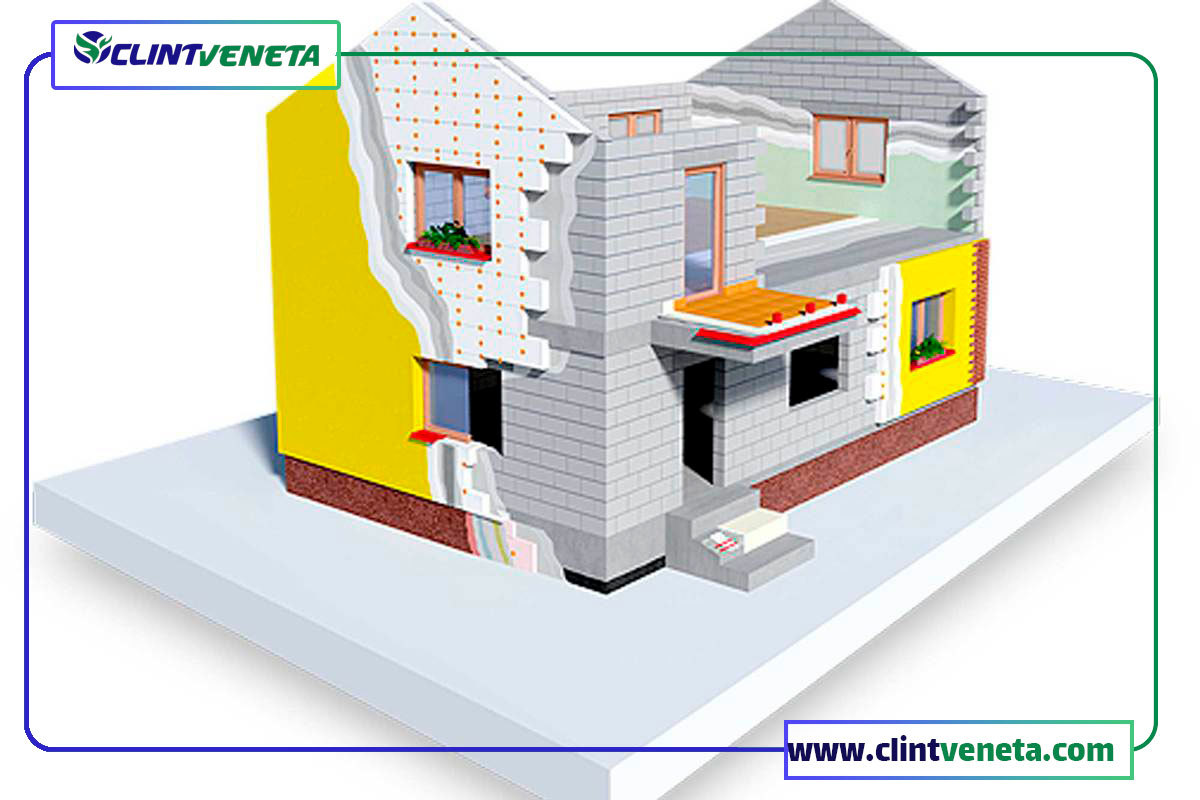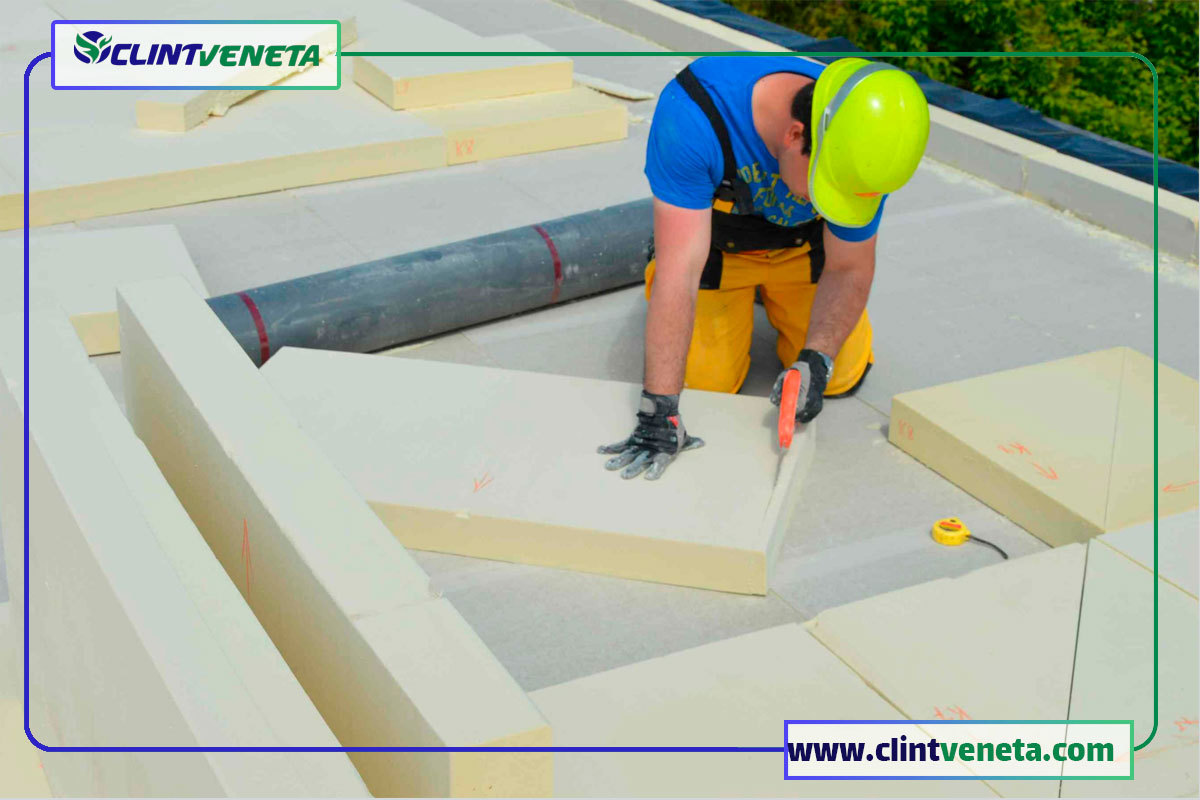Impact of building insulation during fire
Proper insulation of buildings has been considered by builders and buyers for many years to prevent energy loss and increase the comfort and convenience of home residents. In the article “Types of building insulation in terms of application“, we have fully explained each of these insulations and the importance of using each according to the building conditions. In this article, we intend to discuss the effect of building insulation during a fire.
In recent years, due to the occurrence of severe earthquakes in different parts of our country and also fires in some residential houses, especially after the Plasco disaster, builders have been obliged to pay attention to these two cases to resist natural factors in the construction of buildings.
These include efforts to build buildings in the lightest possible condition, the use of suitable construction materials and false ceilings, which will reduce earthquake losses.
In addition to these measures, fire resistance and the use of fire-fighting methods in the building have become common these days. But first of all, following a series of principles and rules in choosing the insulation of the building can be very helpful in increasing the impact of insulation of the building during a fire.
Important points in the thermal insulation of the building and the effect of insulation of the building during a fire

One of the most basic measures to fire a building is to pay attention to some points in choosing thermal insulation.
In places where there is a possibility of fire, the use of combustible materials is not correct and if it is necessary to use these materials, it should be impregnated with fire-retardant materials.
The reaction of materials to fire can be studied in two categories:
- Participate in fires
- Resistance to fire spread
Participate in the fire
Some building materials, such as polystyrene foam, are very fast in transmitting fire and spreading fire, and therefore can be dangerous.
Resistance to fire spread
This feature is the ability to transfer or resist a building element against the spread of fire. It is clear that if a building element is resistant to the transmission and spread of fire, fire control and extinguishing will be much easier and the loss of life and property will be less.
You should also pay attention to the effect of water and moisture when choosing insulation. Because the amount of heat conduction in humid environments is 25 times higher than in dry environments. As a result, it can also have a significant impact on fire control.
After the important initial stage, ie selecting the appropriate insulation, we reach the stage of proper insulation installation.
Installation of thermal insulation
 As mentioned earlier in the article “What is thermal insulation and its types“, thermal insulation can be used externally, internally or as a layer between building materials.
As mentioned earlier in the article “What is thermal insulation and its types“, thermal insulation can be used externally, internally or as a layer between building materials.
Exterior insulation maximizes the thermal inertia of the building and reduces temperature fluctuations inside the building, making it easier to adjust the temperature. This method is a good method for buildings such as residential buildings that are used continuously.
In addition, interior insulation is recommended for buildings with intermittent uses, such as office buildings.
You need to make sure that the insulators work properly if they are installed correctly and properly. Here are some tips to help insulators perform their best:
- Insulators should not be compressed at all and should retain their original thickness completely after installation, otherwise their thermal resistance will be reduced. Of course, in some free insulators, their strength is proportional to the density of the insulation and its thickness. In this case, their thermal resistance may be reduced by up to 20% after a while. Therefore, in such cases, it is better to get a guarantee from the relevant quorum.
- Insulation must be done completely and accurately on the entire surface. This is because not insulating even 5% of the surface may reduce the efficiency by up to 50%.
- If board or sheet insulation is applied in two or more layers, the insulation must be perpendicular to the substrate to be placed in each layer. Also, oil paints should not be used on polystyrene surfaces as they increase the risk of fire.
- Do not insulate around electrical cables and electrical appliances.
- Exhaust fans should not be insulated at a distance of less than 9 cm.
- It should not be insulated at a distance of less than 2.5 cm from the lamp bulbs and their caps.
- It is better to choose non-metallic insulation installation materials so as not to increase the heat transfer coefficient, and if necessary, they must have a suitable coating.
- When using anti-moisture layers for thermal insulation, care must be taken to maintain the continuity of the insulation and its anti-moisture layer.
- Do not use loose insulation on sloping roofs.
- Stacking or filling insulation is usually suitable for ceilings. When using these insulators, care should be taken to create a smooth surface and a uniform thickness as much as possible.
Observing all of the above can, in the first instance, increase the impact of building insulation in the event of a fire and increase the fire safety of your building.
You can visit the Clintveneta product store page to get the thermal insulation you need and contact us to buy or get more information.